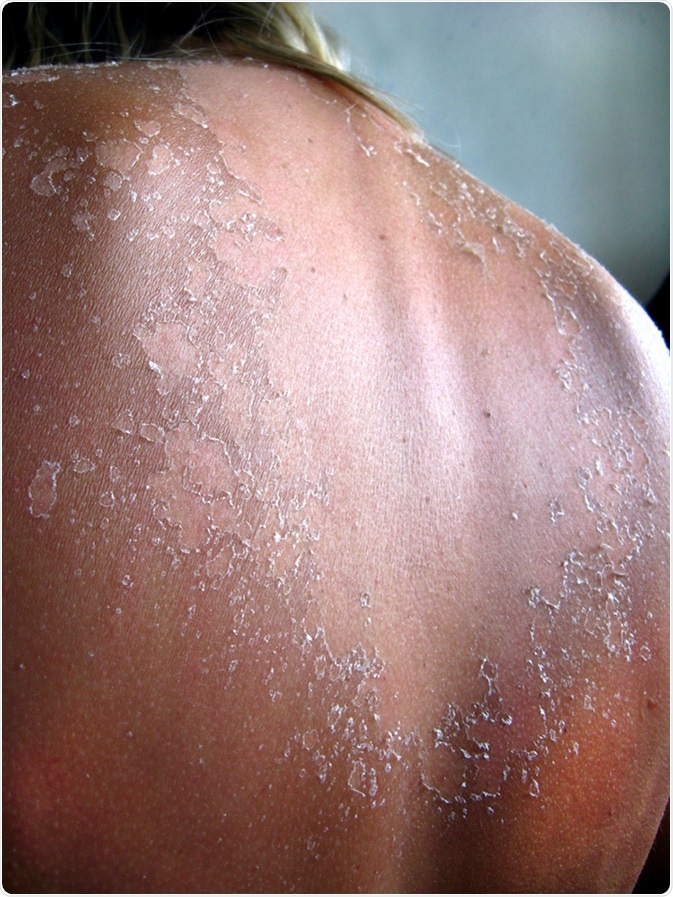For The Latest Medical News, Health News, Research News, COVID-19 News, Pharma News, Glaucoma News, Diabetes News, Herb News, Phytochemical News, Thailand Cannabis News, Cancer News, Doctor News, Thailand Hospital News, Oral Cancer News, Thailand Doctors
Solar elastosis is a condition in which the skin suffers chronic damage as a result of ultraviolet radiation, in conjunction with age-related changes. This results in a yellowish furrowed appearance of the skin, which is also thick and looks rougher than normal.
Factors which increase the risk of solar elastosis include:
Solar elastosis is largely asymptomatic, except that the individual may notice a reddish patch of skin, usually appearing first after the age of 40 years. It enlarges gradually over time, is bumpy, and may cause burning or itching though rarely. These usually occur over the areas of the body which are exposed to the sunlight, such as the face, the ears, the lips, the neck, the hands and the forearms. There is a small risk of cutaneous melanoma following solar elastosis in older people.

Since fair-skinned and blonde people are at higher risk of solar elastosis, they should minimize their exposure to sunlight to avoid its development. This may be done by wearing proper protective clothing such as long-sleeved shirts, pants, socks and broad-brimmed hats when working outdoors. Tightly woven fabric is more effective at blocking sunlight, and specialized clothing is also available.
Sun exposure should be avoided especially between 10 am and 2 pm when the intensity of the sunlight is especially intense. It is also advisable to get indoors well before the skin tolerance limit is crossed, avoiding spending time enough to get tanned or sunburned. This type of accumulated sun exposure leads to actinic elastosis.
The use of sunscreen on a daily basis is essential to protect the skin against the harmful effects of sunlight. A broad-spectrum sunscreen which prevents the activity of both UVA and UVB rays wit ha sun protection factor (SPF) of 15 or above is recommended, and the American Academy of Dermatology strongly advises using one with an SPF of 30 or above.
The sunscreen should be applied at least 15 minutes before going out, and renewed regularly every two hours after application if one spends more than a short time outdoors. This interval is shorter if one swims or sweats, as the sunscreen will wash off. Lip balm containing sunscreen should also be used, as this area is also prone to developing elastotic changes.
Tanning beds are harmful in the same way as sunlight is, and accelerates the damage by causing it to occur over a shorter time. If a person smokes, quitting is strongly recommended, as is avoiding passive smoking.
Finally, it is important to check the state of one’s skin regularly and have a check up if there is any change or development suggestive of photodamage or skin cancer. This may include new growths or changes in existing growths, including moles and birthmarks. The whole of the skin over the face and neck, as well as both hands and forearms, should be thoroughly checked.